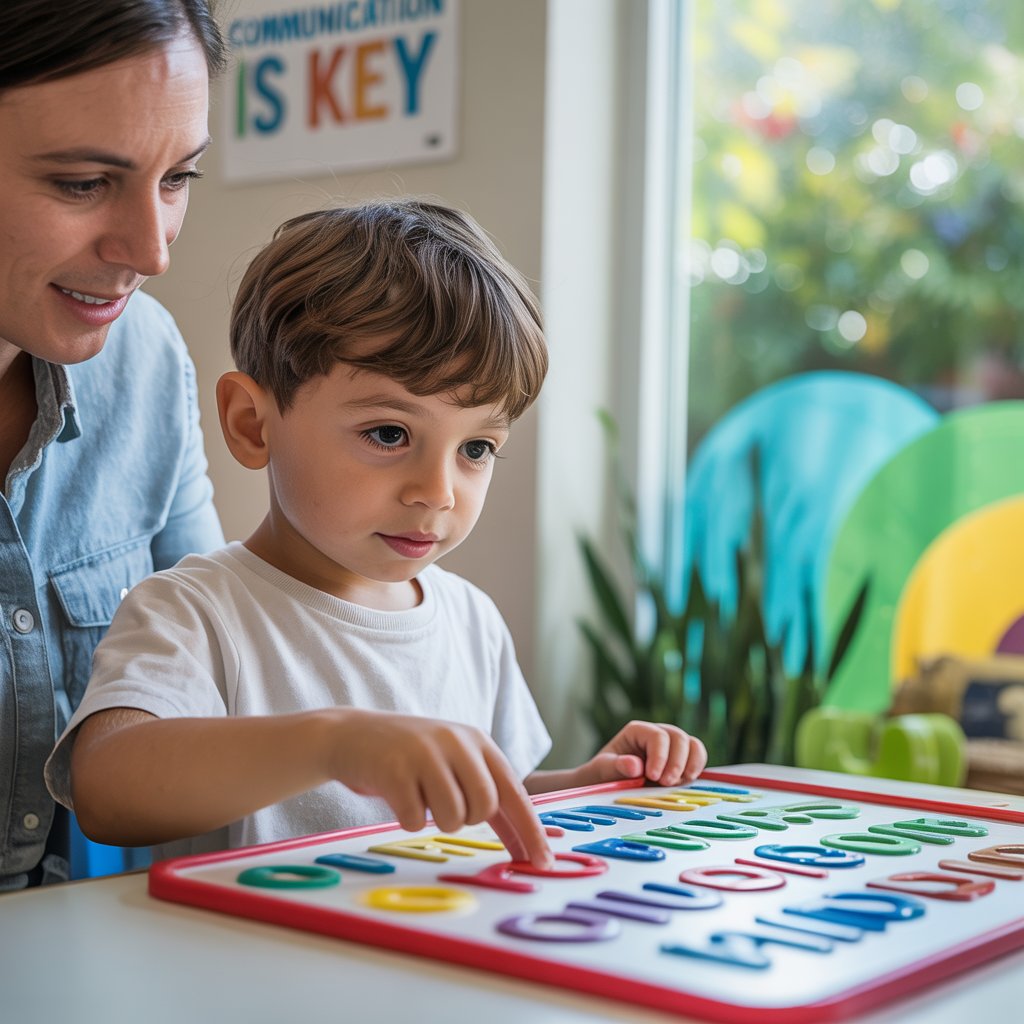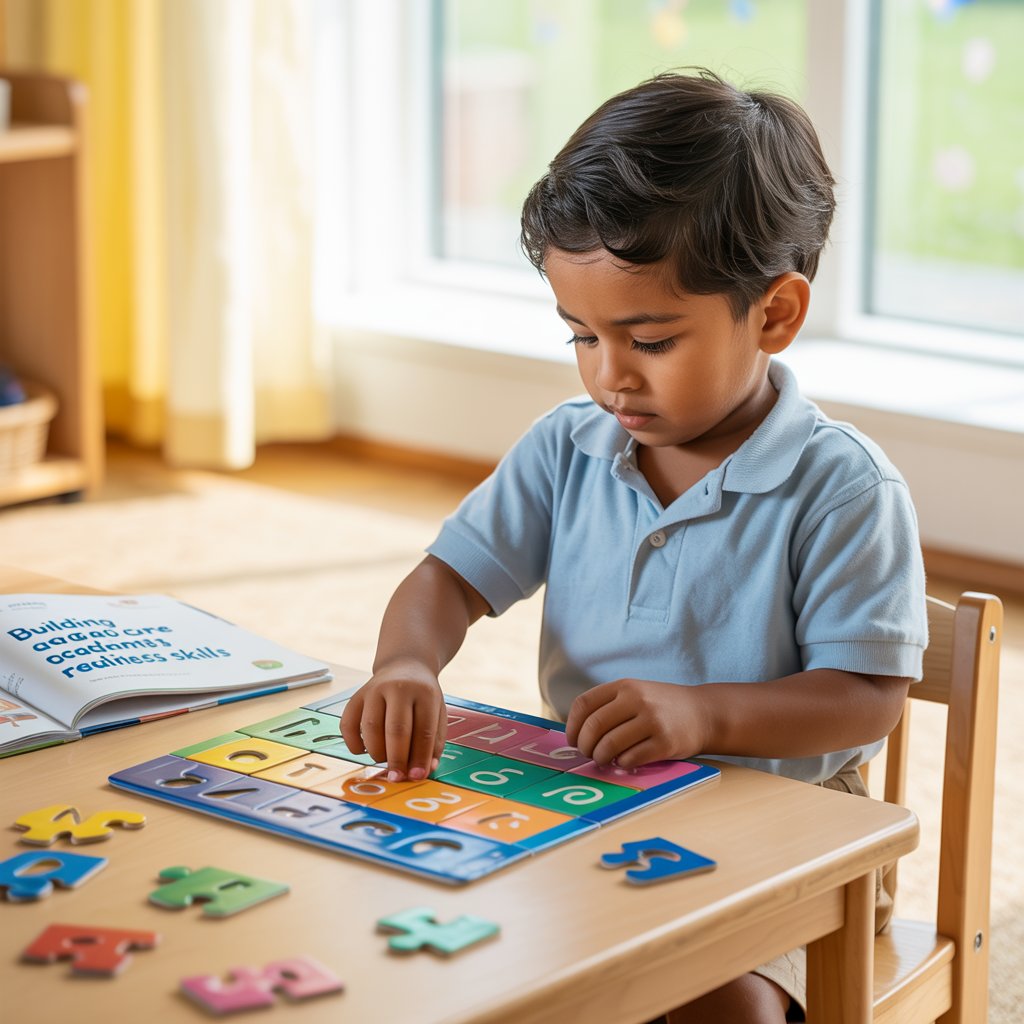Early Signs of Fine Motor Difficulties in Autistic Children

Age-appropriate milestones to monitor
Watching your child develop is like seeing a little miracle unfold day by day. For parents of autistic children, tracking fine motor skills is especially important. Here's what to look for at different ages:
6-12 months:
- Reaches for and grasps objects
- Transfers items from one hand to another
- Uses pincer grasp (thumb and forefinger) to pick up small items
- Starts to self-feed with fingers
1-2 years:
- Stacks 2-4 blocks
- Scribbles with crayon
- Turns pages in a book (may turn multiple at once)
- Uses spoon (with some spilling)
2-3 years:
- Strings large beads
- Turns doorknobs
- Unscrews lids
- Holds crayon with fingers instead of fist
- Copies simple lines and circles
3-5 years:
- Cuts with scissors
- Draws recognizable shapes
- Buttons large buttons
- Uses fork and spoon consistently
- Zips and unzips
Red flags that may indicate fine motor delays
Not all children develop at the same pace, but some signs might warrant a closer look:
- Consistently avoiding activities requiring hand coordination
- Unusual hand flapping or repetitive finger movements that interfere with functional skills
- Difficulty with everyday self-care tasks like using utensils or brushing teeth
- Strongly preferring to use only one hand for all activities before age 4-5
- Unusual grasp on writing tools (even after demonstration)
- Excessive difficulty with tasks other children manage easily
- Frustration or meltdowns when faced with fine motor activities
- Unable to imitate simple hand movements
- Rigid hand posturing or extremely loose, floppy hand movements
The gap between what your child can understand and what their hands can do might be particularly noticeable. Many autistic kids have brilliant minds trapped by uncooperative fingers.
Differentiating between autism-related and general developmental delays
Telling the difference between autism-specific motor challenges and general delays can be tricky. Here's what makes them distinct:
Autism-related fine motor difficulties:
- Often accompanied by sensory sensitivities (avoiding messy play, tactile defensiveness)
- May show splinter skills (exceptional ability in one area, significant struggles in others)
- Repetitive motor movements that aren't functionally directed
- Difficulty with motor planning despite understanding the concept
- Can mask challenges with compensatory strategies
- May have strong visual skills but poor execution
- Often has uneven developmental profile
General developmental delays:
- Usually present across multiple developmental domains
- Progress follows typical sequence but at slower pace
- Challenges appear more consistent across different tasks
- Less likely to show sensory aversions to materials
- Improvements usually seen with simple practice and repetition
- Skills tend to develop in predictable patterns
Many autistic children experience a mix of both types of challenges. The key difference isn't so much in what skills are delayed, but why they're delayed and how they present alongside other developmental areas.







